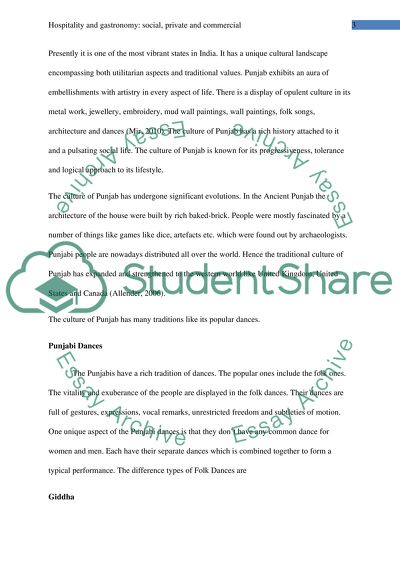Cite this document
(“Hospitality and gastronomy: social, private and commercial Essay”, n.d.)
Retrieved from https://studentshare.org/tourism/1498777-hospitality-and-gastronomy-social-private-and
Retrieved from https://studentshare.org/tourism/1498777-hospitality-and-gastronomy-social-private-and
(Hospitality and Gastronomy: Social, Private and Commercial Essay)
https://studentshare.org/tourism/1498777-hospitality-and-gastronomy-social-private-and.
https://studentshare.org/tourism/1498777-hospitality-and-gastronomy-social-private-and.
“Hospitality and Gastronomy: Social, Private and Commercial Essay”, n.d. https://studentshare.org/tourism/1498777-hospitality-and-gastronomy-social-private-and.


